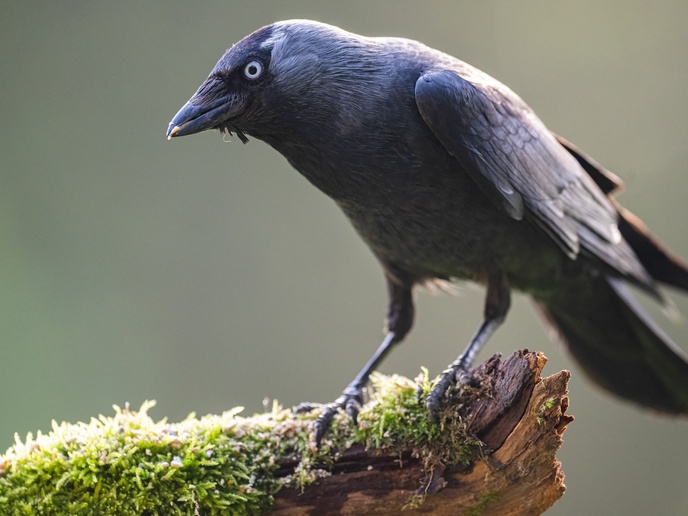A new way to predict chronological age
Some of us will live to be 100 and others won’t. It’s just a fact of life. Or is it? According to Simon Verhulst, a professor at the University of Groningen specialising in the evolutionary biology of ageing, longevity could be impacted by a range of physiological and molecular causes. “An epigenetic effect called DNA methylation, or DNAm, has emerged as an excellent marker of biological age and can predict remaining lifespans better than chronological age,” he says. “Thus, identifying the factors that contribute to ageing-related methylation has become an important challenge to understanding healthy ageing.” With the support of the EU-funded wildEPIClock project, Verhulst is leading an effort to develop an epigenetic clock capable of predicting one’s chronological age. “What makes such clocks interesting is that humans that have a high epigenetic age given their chronological age also show multiple signs of having a relatively high biological age, as revealed in different aspects of health, disease and mortality,” adds Verhulst. However, validating such clocks requires experiments – experiments that simply cannot be done on humans. So instead, Verhulst turned to jackdaws.
How biological factors impact epigenetic age
Like humans, jackdaws exhibit large differences between individual birds in terms of lifespan. “Jackdaw lifespan is neither very short nor very long, making these birds a particularly good study species,” explains Verhulst. During the project, which received support from the Marie Skłodowska-Curie Actions programme, Verhulst and his research team manipulated the rate of ageing in jackdaws. They did this by manipulating the number of chicks reared, with individuals receiving the same manipulation each year of their life. “By manipulating the biological age of free-living jackdaws, we are able to investigate whether biological factors that modulate ageing have an effect on the bird’s epigenetic age,” notes Verhulst.
Key insights into biological age
From this work, researchers have made several important findings. For example, they found that sex chromosomes, which are typically ignored in epigenetic studies, are differentially methylated in a sex-dependent way. In particular, the team discovered that the female W chromosome harbours a disproportionate number of sites on which DNAm is age related. “That variation in DNAm patterns is very consistent over time on the level of the individual and the chromosome, and even on the level of site on the chromosomes,” says Verhulst. “This indicates that epigenetic clocks have the potential to provide key insights into biological age and other aspects of individual differences – not just in jackdaws, but possibly humans too.”
An in-depth discussion on the production and application of epigenetic clocks
Based on its findings, the project has published a paper reviewing epigenetic clocks in non-model organisms. The paper, which has received over 3 000 online views, includes an in-depth discussion on the production and application of such clocks. The team is currently in the process of producing three papers reporting drivers of variation in DNAm.
Keywords
wildEPIClock, chronological age, jackdaws, ageing, lifespan, DNA methylation, biological age, healthy ageing, epigenetic clock, epigenetic age



